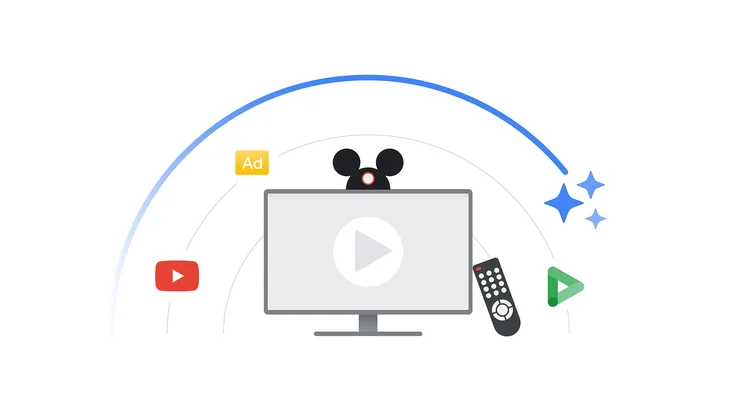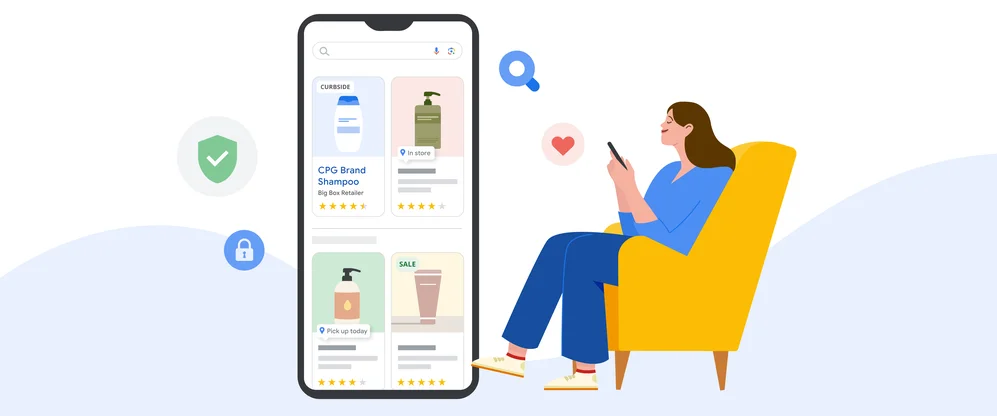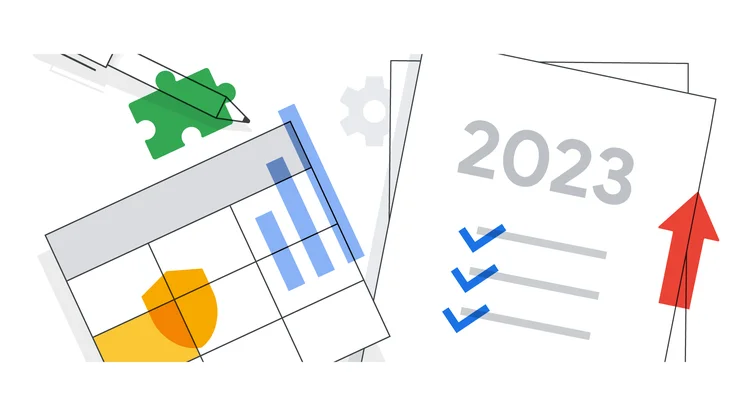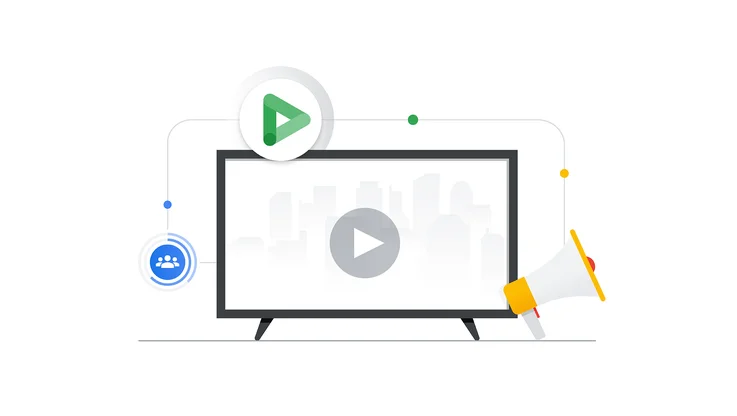Google Analytics 360 + Salesforce: A Powerful Combination
We often hear from marketers how challenging it is to piece together online and offline customer interactions in order to see a complete view of a customer’s journey. That’s why we’re excited to share that Google and Salesforce are working together to seamlessly connect sales, marketing and advertising data for the first time, giving you the full view of what’s working and what isn’t as customers engage with your ads, websites, apps, emails, call centers, field sales teams and more.
By integrating your customer data, you can see a customer’s path from awareness all the way through to conversion and retention. And with connections to Google’s ad platforms and Salesforce’s marketing platform, you can quickly take action, engaging them at the right moment. You'll see these new integrations begin to arrive in the first half of 2018.
Today at Dreamforce, Google and Salesforce are announcing a strategic partnership to deliver four new, turnkey integrations between Google Analytics 360, Salesforce Sales Cloud and Salesforce Marketing Cloud:
- Sales data from Sales Cloud will be available in Analytics 360 for use in attribution, bid optimization and audience creation
- Data from Analytics 360 will be visible in the Marketing Cloud reporting UI for a more complete understanding of campaign performance
- Audiences created in Analytics 360 will be available in Marketing Cloud for activation via direct marketing channels, including email and SMS
- Customer interactions from Marketing Cloud will be available in Analytics 360 for use in creating audience lists
By integrating your customer data, you can see a customer’s path from awareness all the way through to conversion and retention. And with connections to Google’s ad platforms and Salesforce’s marketing platform, you can quickly take action, engaging them at the right moment. You'll see these new integrations begin to arrive in the first half of 2018.
Example of a complete customer journey funnel in Google Analytics 360 joining website data (pageviews, leads submitted) with pipeline data from Sales Cloud (lead and opportunity stages); example also shows a prompt to create a new audience segment to take action
New insights
Until now, businesses have not been able to connect offline interactions, such as an estimate provided by a call center rep or an order closed by a field sales rep, with insights on how customers use digital channels. With the connection between Sales Cloud and Analytics 360, soon you’ll be able to include offline conversions in your attribution modeling when using Google Attribution 360, so you’ll have a more complete view of ROI for each of your marketing channels and even more reason to move away from a last-click attribution method. This integration will also let you see how your most valuable customers engage with your digital properties, answering some important questions like, what are they looking for and are they actually finding what they need?With the integration allowing data from Analytics 360 to be visible in Marketing Cloud, you’ll gain a more complete understanding of how your marketing campaigns perform. For example, if you send an email campaign to frequent shoppers to promote your fall fashion line, you’ll be able to see right in Marketing Cloud information such as how many pages people visited when they came to your site, the number of times people clicked on product details to learn more, and how many people added items to their shopping cart and converted.
Easy to take action
Today, Google Analytics allows you to create audience lists and goals that you can easily send to AdWords and DoubleClick for digital remarketing and to optimize bids. With the new connection from Sales Cloud to Analytics 360, in addition to unlocking new insights and more data for attribution modeling, you’ll be able to combine Salesforce data (such as sales milestones or conversions) with behavioral data from your digital properties to create richer audiences and for smarter bidding.For example, if you’re a residential solar panel company and want to find new customers, you can create an audience in Analytics 360 of qualified leads from Sales Cloud and use AdWords or DoubleClick Bid Manager to reach people with similar characteristics. Or, create a goal in Analytics 360 based on leads marked as closed in Sales Cloud, and automatically send that goal to AdWords or DoubleClick Search to optimize your bidding and drive more conversions.
With the Analytics 360 connection to Marketing Cloud, you’ll be able to use customer insights to take action in marketing channels beyond Google’s ad platforms, such as email, SMS or push notification. For example, you can create an audience in Analytics 360 of customers who bought a TV on your site and came back later to browse for home theater accessories, and use that list in Salesforce to promote new speakers with a timely and relevant email.
Powerful combination
Every day, Google Analytics processes hundreds of billions of customer moments, Salesforce Marketing Cloud sends 1.4 billion emails, and there are over 5 million leads and opportunities created in Salesforce Sales Cloud. These new integrations represent a powerful combination, and we believe they will help marketers take a big step closer to the ultimate dream: providing every customer with a highly relevant experience at each step of their journey.You’ll see these new joint capabilities become available beginning in 2018, and we'll be sure to keep you updated along the way. Contact us here if you would like to learn more about Analytics 360. We hope you’re as excited as we are!
The Google Analytics 360 + Salesforce integrations are just one part of a broader strategic alliance announced today between Google and Salesforce. Read about new integrations between G Suite and Salesforce and a new partnership between Google Cloud and Salesforce here.







